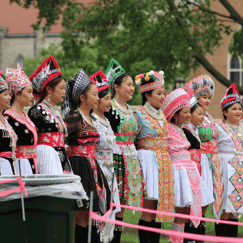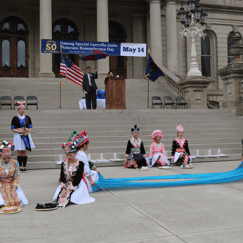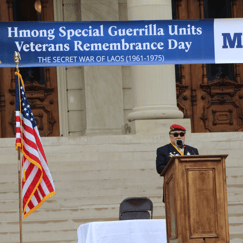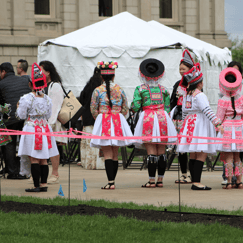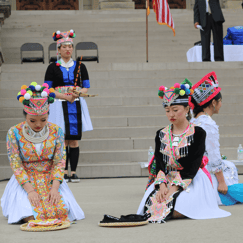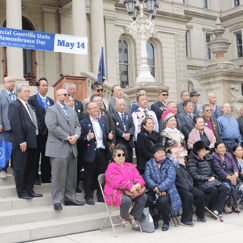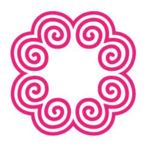A Journey Through Hmong History and Global Population Distribution
The Hmong people, an ethnic group originating from the mountainous regions of China, have a rich and complex history that dates back thousands of years. Traditionally, the Hmong were agrarian, developing diverse agricultural techniques suitable for their mountainous terrain. Their history is characterized by migration and resilience, particularly in the face of political turmoil, persecution, and war.
The Hmong Diaspora
Following the Vietnam War, many Hmong faced severe persecution in Laos due to their alliance with the United States during the conflict. As a result, a significant portion of the population sought refuge in various countries, leading to a vast Hmong diaspora. Today, Hmong communities can be found across the globe, particularly in the United States, Thailand, France, Australia, and Canada.
Population and Cultural Significance
According to recent estimates, there are approximately three million Hmong people worldwide, with a substantial concentration in the United States, particularly in states like California, Minnesota, and Wisconsin. This population has maintained its cultural identity through traditional practices, language, and community gatherings. The Hmong language, which belongs to the Hmong language family, serves as a critical component of their cultural preservation.
The history and migration patterns of the Hmong people highlight their resilience and adaptability in the face of adversity. As they continue to navigate their identity in a globalized world, the importance of understanding Hmong history cannot be overstated.
Hmong Michigan Celebrating 50th Year Anniversary of Hmong American Day
